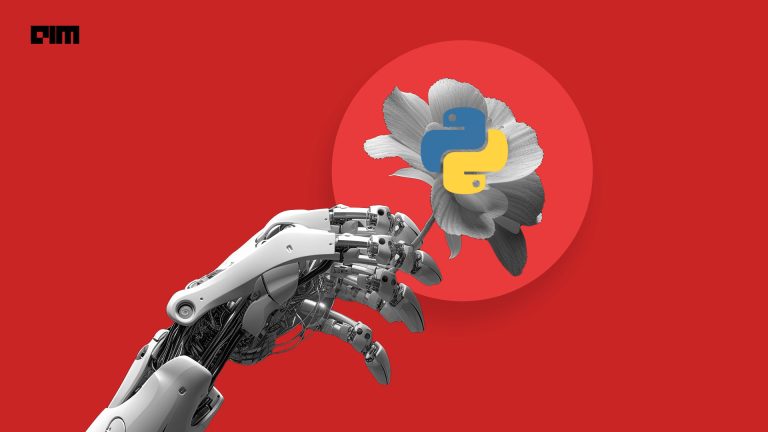|
Listen to this story
|
Google’s TensorFlow, a leading open-source software library, has recently released version 2.16, bringing forth several enhancements and improvements. For 2024, this is the first update with the earlier one being released in October, 2023.
One notable improvement is the added support for Python 3.12, showing TensorFlow’s effort to stay current with the latest language releases. Additionally, the inclusion of the ‘tensorflow-tpu’ package facilitates easier installations for those using Tensor Processing Units (TPUs). The update also ensures that TensorFlow pip packages are built with CUDA 12.3 and cuDNN 8.9.7, enhancing compatibility and performance.
A significant change in the TensorFlow Windows build is the adoption of Clang as the default compiler for building TensorFlow CPU wheels. This shift, starting with version 2.16, aligns with LLVM/Clang 17. While Clang becomes the default, users still have the option to build wheels using the MSVC compiler, providing flexibility in the development environment.
The update also introduces breaking changes, notably the removal of the tf.estimator API. Users relying on this API are encouraged to transition to TensorFlow 2.15 or an earlier version. Additionally, Keras 3.0 is set to become the default Keras version, necessitating script updates for users who may be using earlier versions of Keras.
Keras Update
The latest TensorFlow release introduces novel features to the Keras module, such as the DynamicEmbedding layer and the UpdateEmbeddingCallback. The DynamicEmbedding layer allows for continuous updating of vocabulary and embeddings during the training process. By maintaining a hash table to track the most up-to-date vocabulary, this layer offers a flexible approach to adapt to evolving datasets. When used in tandem with the UpdateEmbeddingCallback, the layer ensures timely updates based on a predefined time interval.
Furthermore, the keras.optimizers.Adam now includes the option to set adaptive epsilon values, aligning TensorFlow with equivalent implementations in Jax and PyTorch. This addition enhances optimization capabilities and ensures consistency across popular deep learning frameworks.
Check out the GitHub repository to learn more.



















































































